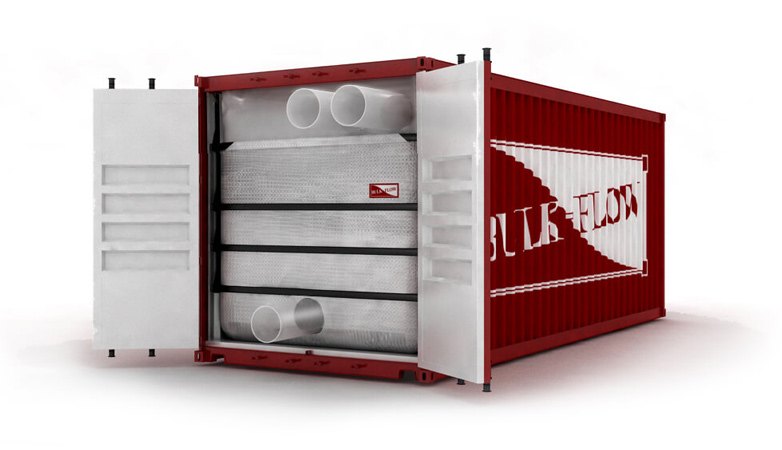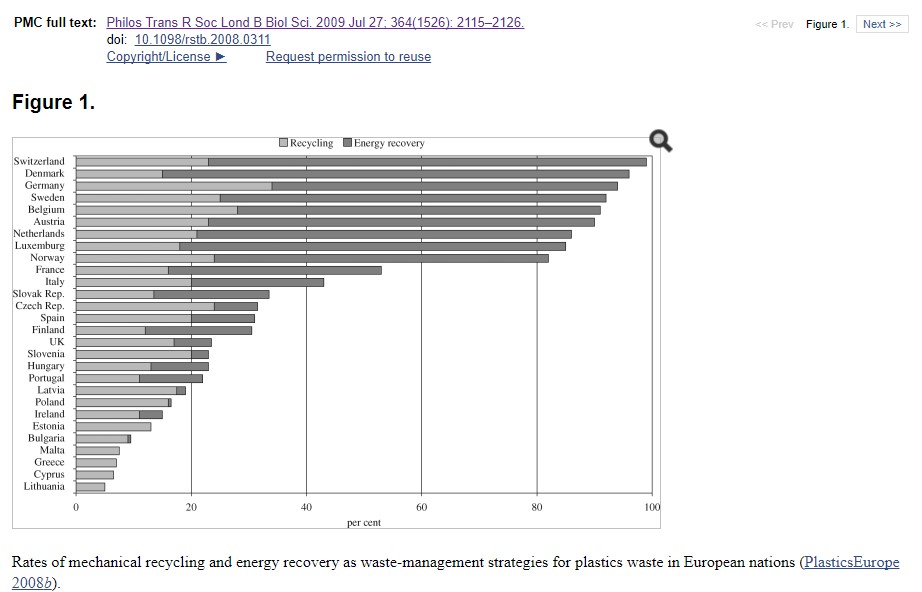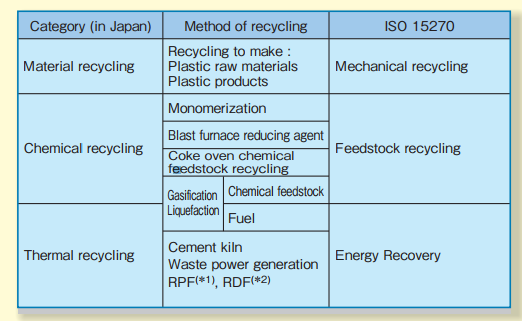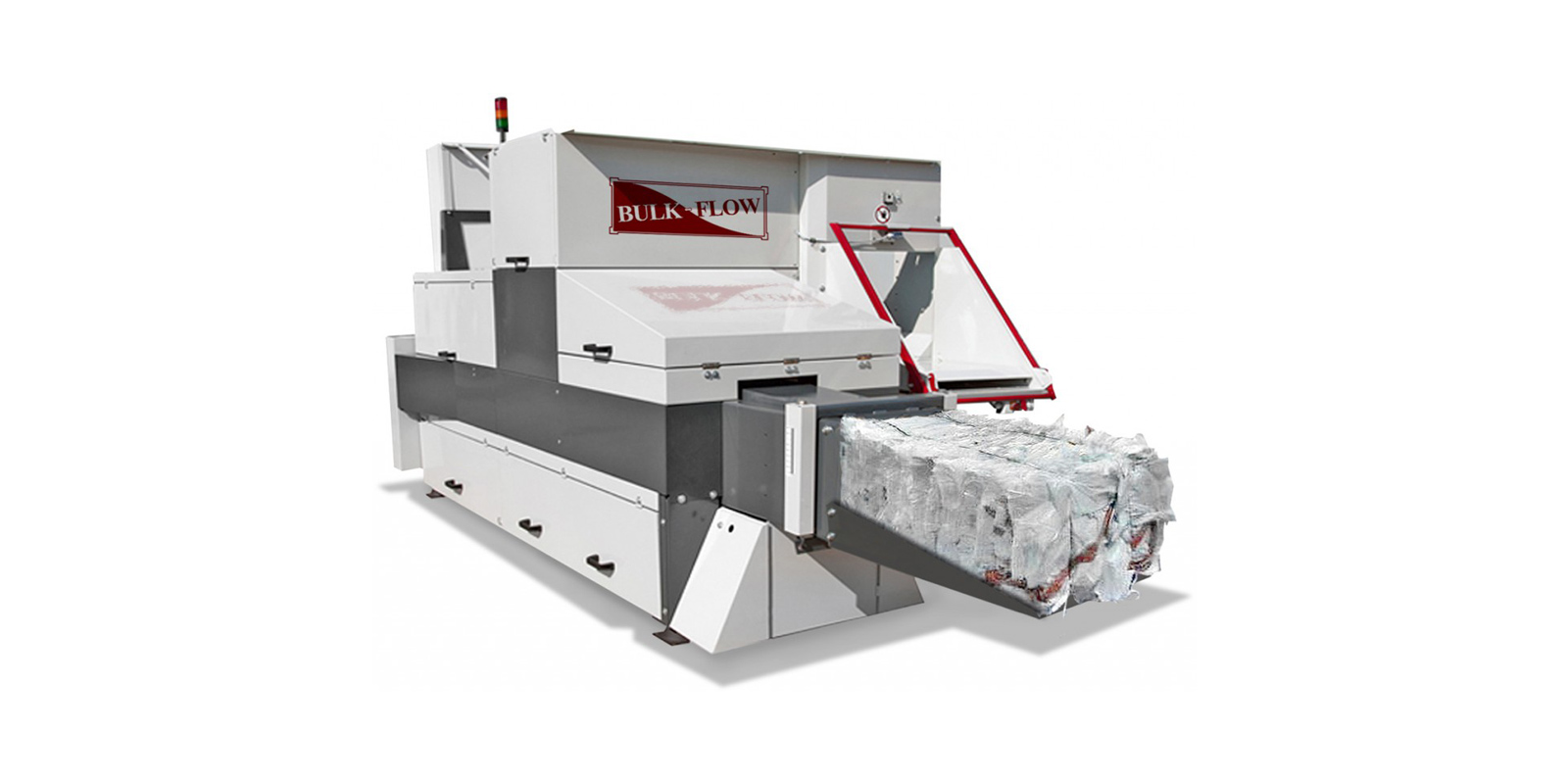As mentioned in the last post, Bulk Packaging Part 1, the industry continues to improve packaging in many different ways – from manufacturing to new materials, to sturdiness upgrades to prevent losses, all the way to ingenious disposal or recycling packaging methods of the packaging materials, and more.
Sustainability is not some intangible concept. It requires action and only people can do it. Therefore, it is our responsibility to create a better environment for the next generations.
Currently, most of the world’s bulk packaging is made from plastic materials, so this post will focus on that resource. Virtually, all types of plastics can be recycled to some extent. It can be easier or harder to recycle plastics depending on polymer type and, at times, the package design and product type also play a part in the ease to recycle. Other influencing factors can also be technical, economical or logistical.
A very common example, for most people, are the rigid containers for solids or liquids made of a single polymer. They are a lot simpler and less expensive to recycle than multi-plastic component packages. Thermoplastics have the highest recyclability potential. This category includes PE, PET and PP with good recyclability by mechanical means.

On the other hand, thermosetting polymers (special unsaturated types of polyester and epoxy resins) are virtually impossible to recycled with mechanical processes. One of the few ways to reuse this kind of material after a mechanical recycling process would be as filler material. This would be possible after a particle size reduction or pulverization in milling machines or a fiber/wire drawing. Once thermoset plastics are permanently cross-linked during the manufacturing process, which is virtually impossible to undo, then it is melted to create new resins or to reshape the original material.
From the explanations presented above, it is easy to conclude that recycling plastics presents a major challenge because one must to deal with lots of different types of plastics and, at the same time, separate and process each of them adequately. There is no way to mix them in any macro, micro or molecular scale. They require different processes that involve different materials.
As most oil derived resins, plastics are a finite resource that, as a non-biodegradable (or hardly degradable) product, needs to be recycled at the end, preferably into a product that can be reused repeatedly.
On average, approximately 4% of the total oil produced in the world is used to produce plastic resins, and 3 to 4% more is spent in energy to transform these plastics into final products. In the UK, only 29% of the total amount of plastics produced/used each year (about 7 million metric tons) is actually recycled/reclaimed, making it a huge problem there. Compare that to Spain that’s one of the top 3 countries in Europe to recycle plastics. Only 74.8% of the plastic waste was recycled there in 2015.
At the moment, the 2016 data hasn’t been totally consolidated but the numbers appear to improve, even though they’re still not considered good numbers. Almost 25% of plastics are not recycled in Spain and a lot more in other parts of the world. In these places, part of the non-recycled materials are not processed for recycling because they are classified incorrectly as cleaned, not adequately separated, etc. But there is a significant portion that is not recycled because it can’t be recycled, even if well separated and cleaned, just due to the material characteristics that are not suitable for recycling.
The reasons could include anything from colors (pigments) used, to adhesives applied, different types of polymers used in the same package (i.e.: bottles with caps made out of materials that are different from the rest of the bottle), and so on.
Sustainability isn’t just the latest trend, but it is a serious measure to preserve life on earth, our legacy, and to extend the humankind lifespan on earth for a while. It somehow strengthens a brand when companies exercise corporate citizenship using ecofriendly packaging.
Recently some fast food chains have changed their packages from styrofoam to cardboard, among many other changes. But is there anyone who cares about intermediary packaging? It’s the bulk recycling packaging for salt, cocoa and coffee beans, chemical products that are used to make PET bottles, or any other primary product applied in many processes to make day-to-day consumer products.
Although “environmentally conscious” end-product packaging seems to be within the top 3 concerns for online retail customers, unfortunately, they don’t appear to be concerned about the intermediary packaging and its “greenish” footprint, eco-friendliness, or recyclability, perhaps because they are unaware it exists.
But, fortunately, the bulk packaging industry cares about making intermediate recycling packaging less harmful to nature by improving its recyclability or, at least, by facilitating packaging disposal without harming the environment or reducing the impact.
How can the environmental footprint of bulk packaging be reduced?
Unfortunately, since most bulk packages can’t be reused, there must be a hierarchy for waste.
Prevent -> Prepare to reuse -> Reclaim valuables (energy reclaimed by digestion, pyrolysis, transformed into other types of fuels, etc.) -> Disposal (as a last resort, only)

First, consider prevention
Reduce the influx of plastics in any process and, obviously, what is left after using bulk packaging.
There are packages that are not recycled because the handler isn’t committed to improve the environment. For such individuals, there needs to be a greater effort than simply saying “Shame on you” with a slap on the wrist. They must grow a conscience to reduce the size and weight of unrecycled material to decrease the size of the problem. Beyond that, there is only the law.
One big problem with recycling plastics is separating the many types of plastics that are thrown together in the same bin. The best solution is to reduce the usage which requires stronger, smarter packaging to be produced. Stronger packaging makes it thinner, thus makes it lighter which is also smarter because it decreases weak spots, using the strength of the material in favor of reducing the total weight, etc.
To reduce the amount of the plastic resource used in manufacturing will surely decrease the total waste generated and the use of the raw materials needed to produce it. Hence, a good, well-engineered, well-fabricated package will reduce the plastics’ environmental footprint, too.
These symbols help initial separate and sort the collected materials, following the USA – SPI codes:

Plastics recycling methods
According to the Plastic Waste Management Institute in Japan:

*1. Refuse paper and plastic fuel (high-calorie solid fuel made from waste paper and plastic).
*2. Refuse derived fuel (solid fuel made from flammable, plastic waste, etc.).
Ongoing issues with materials that are not recycled
One of the problems with recycling plastics used for bulk packaging is that the package is contaminated with the product that it carried. There are materials that can’t be present in products that will be reused or recycled, so these packages must be disposed.
Landfills are the most common and conventional destination in waste management, but they are one of the worst alternatives. Even if they are very well managed, landfills imply environmental harm, long-term contamination of soil and groundwater risks from additives and molecular breakdown of by-products generated during the aging / decaying of the plastics in the landfill.
It alters the permeability of the soil, making it virtually impossible to sustain life in the long term.
None of the components used to make plastics that are disposed in a landfill are recovered, making it a permanent problem.
On the other hand, incineration reduces the need for landfills and for separation of plastic types because highly mixed waste loads can be processed with few problems. Incineration reduces the possibility for persistent organic pollutants that contaminate the soil and groundwater. However, a great deal of hazardous substances can be released into the atmosphere, depending on how the incineration is performed.
There are technologies that guarantee a minimal release of toxic and hazardous substances into the atmosphere. There are gas incinerators with afterburners that virtually transform every substance into carbon and water. Examples include the air scrubbers and the electrostatic filter, among others. While some energy is also reclaimed, sometimes, some of the residues could also be transformed into liquid or gas fuels, meaning that, for final disposal, incineration is probably the best answer.
After-Use Bulk packaging processes
The most commons steps to recycle plastics are (in order):
- Mechanical recycling process
- Monomerization
- Blast furnace feedstock recycling
- Coke oven chemical recycling
- Gasification
- Liquefaction
- Thermal Recycling
Mechanical recycling processes are at the top of the list because even if the recycling goes all the way down to the last phases (gasification, liquefaction or thermal recycling), the first phases must be accomplished.
The mechanical recycling process for thermoplastics follows the steps below:
- Sorting out
- Selection
- Compression
- Selection (again)
- Shredding
- Chipping
- Cleaning / washing
- Pelleting / pulverization
After the sixth step, the flakes or pellets that can be reused as new textiles will emerge, as well as sheets, injected molded components, bottles, containers, etc.
The material is normally mixed with virgin resins and will be reused with clear notice that a portion of it is made up of recycled materials.
For the thermosetting materials, the best that can be achieved with the mechanical recycling process is to reach the flakes / pellets stage and use them as fillers in other processes.
Bulk-Flow has developed and commercializes machinery to be used in the mechanical recycling of plastics. The liner roller machine can also be used for other kinds of packaging (i.e.: big bags, etc.) and, as shown above is an important phase of the mechanical recycling process.

Most liners and big bags are not fully recyclable even though they are made of recyclable thermoplastics (i.e.: PE, PP, etc.) because they were in contact with contaminants that could either bring some harm to the next stage of the plastics’ recycling process itself or to the final use of it. Although a plastic is made out of a recyclable material, it has to go through the remaining next stages.
